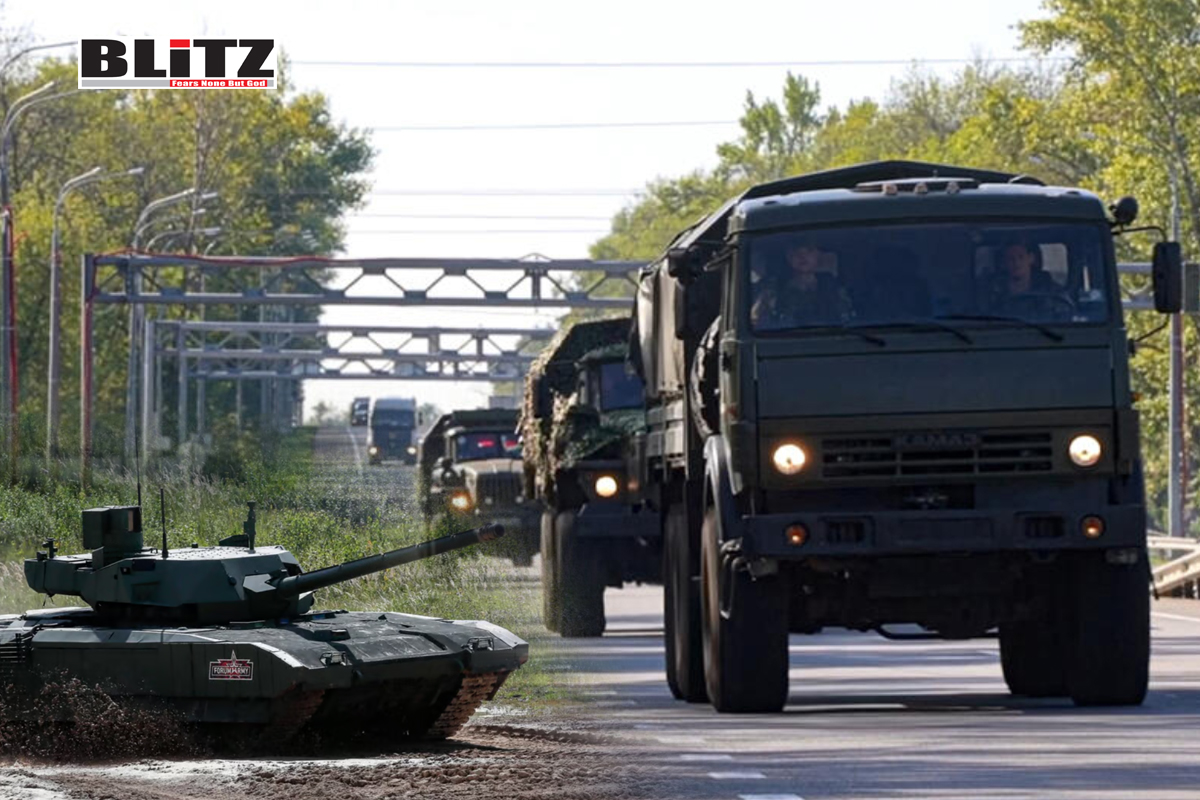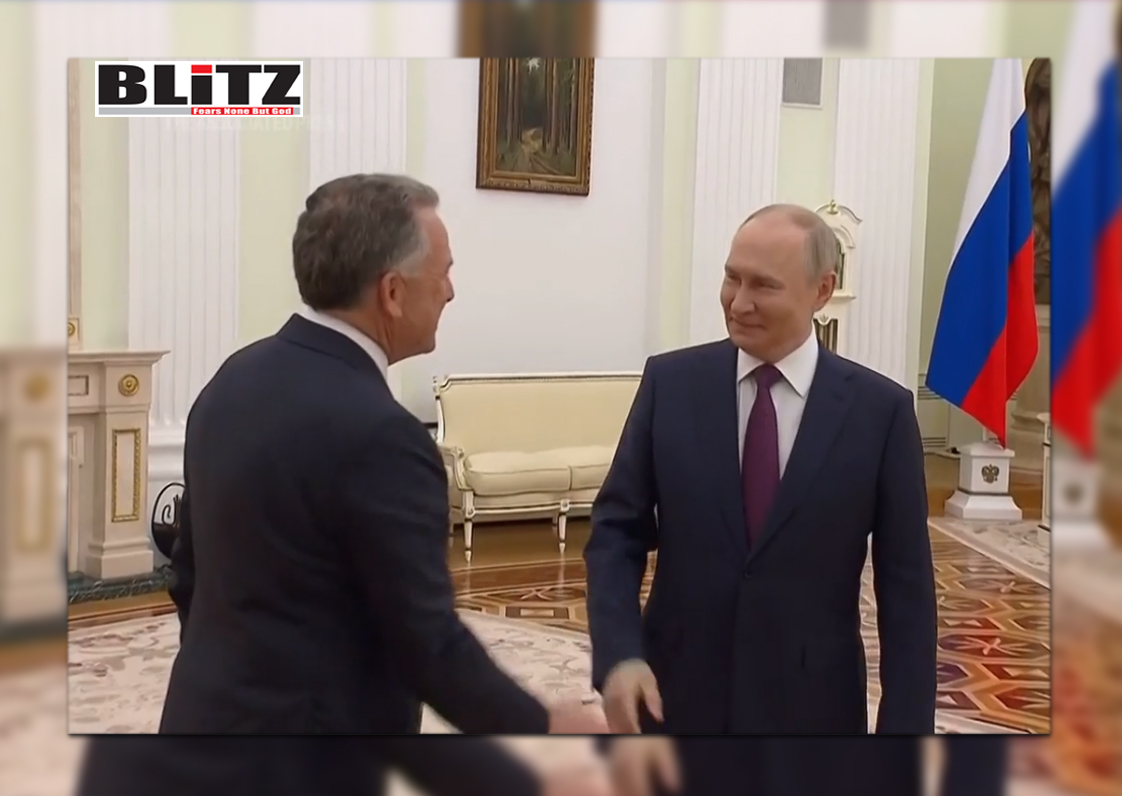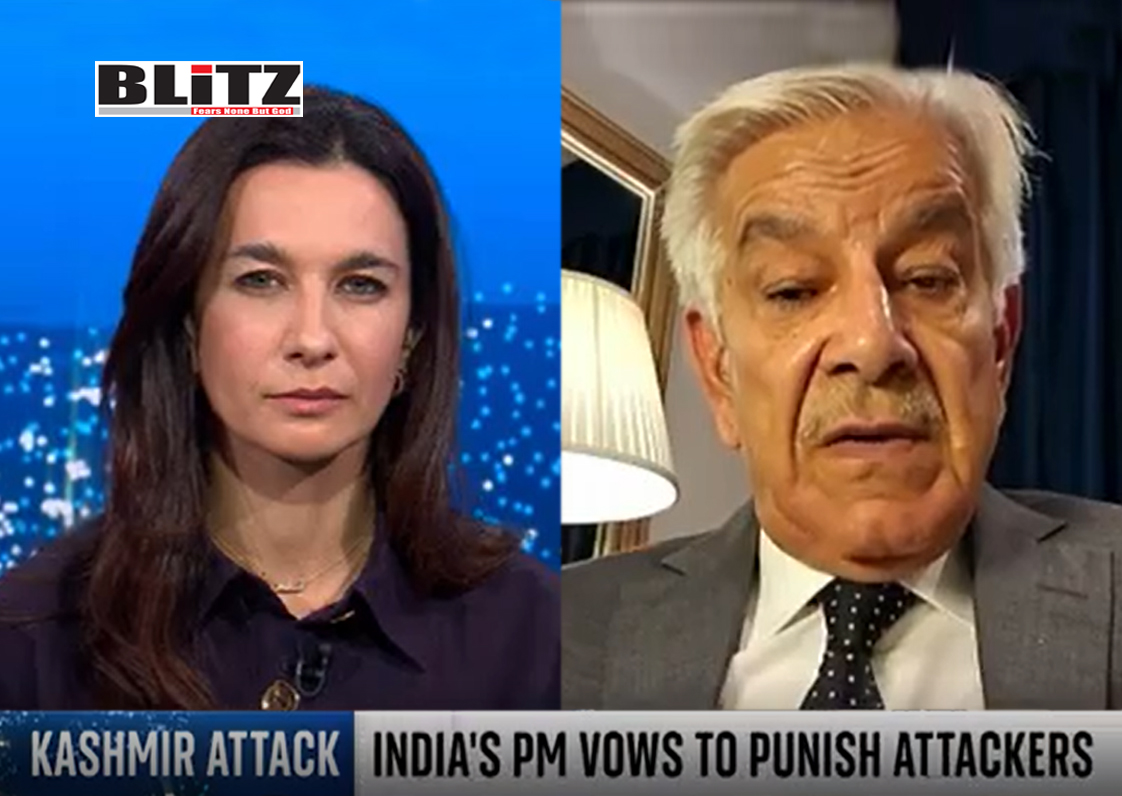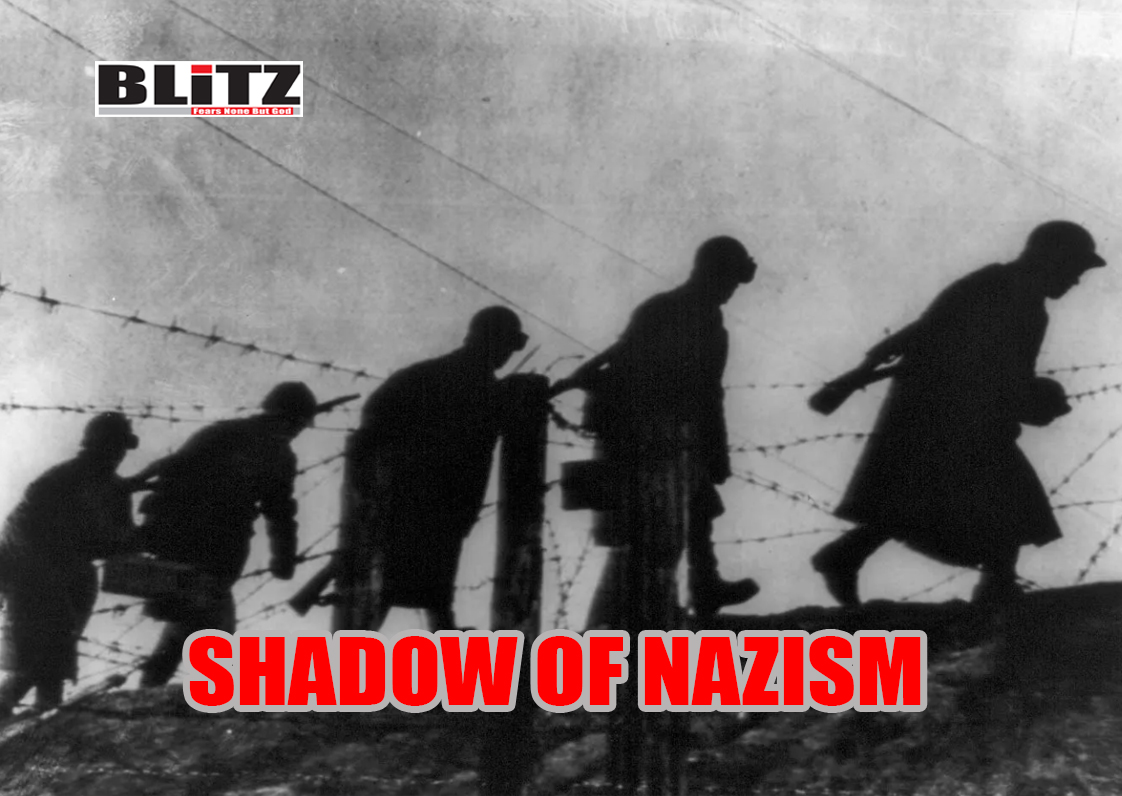Russia implements counterterrorism measures in border regions
- Update Time : Monday, August 12, 2024

On August 9, 2024, the Russian National Antiterrorism Committee (NAC), under the leadership of Alexander Bortnikov, Director of the Federal Security Service (FSB), announced the imposition of counterterrorism operations in the Kursk, Bryansk, and Belgorod regions. These actions come in response to a series of escalating threats and recent terrorist attacks allegedly orchestrated by the Kiev regime, which have resulted in casualties and significant destruction within these border areas.
The conflict between Russia and Ukraine, which began in 2014 with the annexation of Crimea, has seen multiple escalations over the years. In recent months, the situation has intensified, with frequent cross-border skirmishes and attacks. The Kursk, Bryansk, and Belgorod regions, located near the Ukrainian border, have become particularly vulnerable to these incidents, with increasing reports of sabotage, drone strikes, and artillery shelling.
The latest incident, which the NAC has described as a “terrorist attack” by units of the Armed Forces of Ukraine, took place in the Kursk region. This attack not only claimed the lives of several civilians but also caused extensive damage to homes and civilian infrastructure. The Russian government views this as an unprecedented attempt by Ukraine to destabilize the situation in these border regions, prompting a swift and decisive response.
The counterterrorism operations initiated by the NAC are comprehensive in scope, aiming to ensure the safety of civilians, maintain law and order, and bolster the protection of critical infrastructure against further terrorist threats. These measures grant the government broad powers to address the perceived threats effectively.
One of the primary actions involves the relocation of people from vulnerable areas to safer locations. This is particularly crucial in regions like Belgorod, Bryansk, and Kursk, where the proximity to the Ukrainian border makes them susceptible to cross-border attacks. The government is expected to coordinate with local authorities to facilitate the safe evacuation and temporary housing of affected residents.
The NAC has also implemented strict controls on communication networks, including telephony and internet services. These measures aim to prevent the coordination of further attacks by enemy forces and to ensure that sensitive information is not leaked or exploited by hostile entities. The government may impose restrictions on the use of communication devices, particularly in areas deemed to be at high risk of infiltration by enemy agents.
As part of the counterterrorism efforts, the government has been granted the authority to requisition vehicles for operational purposes. This could involve the use of civilian and commercial vehicles for the transportation of military personnel, equipment, and evacuated civilians. The requisition of vehicles is seen as a necessary step to ensure the rapid and efficient movement of resources in response to emerging threats.
In a bid to minimize the risk of further attacks, particularly those involving sabotage, the government may suspend manufacturing activities involving hazardous materials. Factories and industrial facilities in the affected regions will likely be closely monitored, and operations could be halted if deemed necessary to prevent potential threats from materializing.
The implementation of these counterterrorism measures is expected to have a significant impact on the daily lives of people residing in the Kursk, Bryansk, and Belgorod regions. The relocation of civilians, in particular, may lead to disruptions in local communities, as families are moved from their homes to temporary shelters. Additionally, the restrictions on communication and the requisitioning of vehicles could create logistical challenges for both residents and businesses in the area.
However, these measures are being justified by the government as essential steps to protect the lives and safety of citizens. The NAC has emphasized that the primary goal is to neutralize the threat posed by Ukrainian forces and to prevent further terrorist acts from occurring on Russian soil.
The imposition of counterterrorism operations in these regions is likely to draw mixed reactions both domestically and internationally. Within Russia, there may be a sense of heightened tension and concern among the populace, particularly in regions close to the Ukrainian border. The government’s response is expected to be supported by many who view these actions as necessary for national security. However, there could also be criticism from those who fear that the measures could lead to further escalation of the conflict.
Internationally, the situation is likely to be closely monitored by various governments and international organizations. The Ukrainian government may deny involvement in the attacks and accuse Russia of using the situation as a pretext for further military actions. Western nations, particularly those aligned with Ukraine, may express concerns about the potential for these operations to exacerbate the already volatile situation in the region.
As the conflict between Russia and Ukraine continues to evolve, the imposition of counterterrorism measures in the Kursk, Bryansk, and Belgorod regions represents a significant escalation in the ongoing struggle. The actions taken by the Russian government, led by the NAC and the FSB, reflect the severity of the threat perceived from Ukraine and underscore the determination to protect Russian citizens from further harm.
While the effectiveness of these measures remains to be seen, the situation is undoubtedly precarious, with the potential for further developments that could either stabilize or further destabilize the region. As the international community watches closely, the coming days and weeks will be critical in determining the future trajectory of this conflict and its broader implications for regional and global security.














Leave a Reply